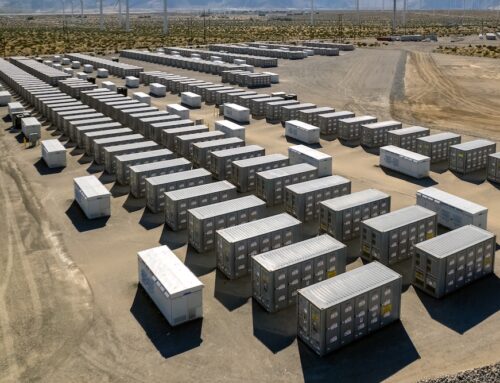Zoox’s San Francisco Launch Marks A New Phase For Autonomous Mobility
November 22, 2025
San Francisco continues to cement its role as one of the world’s most important testing grounds for autonomous mobility. The latest milestone: Zoox has begun offering limited public rides through its “Zoox Explorer” program in select neighborhoods, including SoMa and the Mission. Through this initiative, invited participants can try the service at no cost while providing structured feedback as the company refines its technology and user experience.
For a city where innovation cycles unfold rapidly, Zoox’s entry represents another step toward a more diverse autonomous vehicle ecosystem—one where multiple operators, technologies, and service models coexist and evolve alongside the needs of residents and businesses.
A Purpose-Built Approach Reaches Real Riders
Zoox’s vehicle, designed from the ground up without a steering wheel or pedals, stands out in a landscape dominated by retrofitted passenger cars. Bringing a purpose-built AV into limited public service is an important milestone—both for the company and for the broader industry, which has long viewed custom-designed urban vehicles as a potential pathway to safer and more efficient operations.
The Explorer program allows Zoox to collect practical insights about rider comfort, routing, accessibility, and interaction design. These learnings—especially within complex, mixed-use neighborhoods—will be valuable inputs as the company works toward scaled commercial operations.
Why It Matters for San Francisco
Zoox’s presence contributes to a broader trend: the diversification of autonomous mobility offerings across the Bay Area. A variety of operators helps cities better understand how AV services can fit into long-term transportation planning, curb management, and emissions goals.
It also gives San Francisco residents more opportunities to experience autonomous travel firsthand. Early exposure matters—public familiarity and trust often grow incrementally, shaped by small but meaningful interactions.
A Moment of Momentum in the AV Sector
Zoox’s expansion arrives during a period of notable activity in the autonomous mobility space:
- Waymo continues to scale, recently surpassing major ride milestones and expanding service areas within San Francisco and beyond.
- New city launches are accelerating, with AV pilots and permitting conversations happening in cities from Los Angeles to Nashville.
- Tesla has announced plans to launch its own autonomous ride service, indicating growing interest across the industry in offering more automated transportation options.
Together, these developments highlight a broader shift: autonomous mobility is moving from conceptual to practical, with increasing focus on real-world deployment, service quality, and collaboration with public agencies.
The Role of Cities in Shaping What Comes Next
As more AV operators expand, cities will increasingly play a central role in determining how autonomous services integrate into local mobility systems. Key priorities emerging across major urban centers include:
- Curb and street management to ensure that pick-ups, drop-offs, and loading do not impede transit, biking, or walking.
- Clear permitting processes that allow for safe testing and gradual expansion.
- Data-sharing frameworks, using incentives or requirements, to help cities monitor performance, evaluate impacts, and coordinate across operators.
- Collaboration across departments, including transportation, planning, public works, and emergency response.
These efforts are less about regulating autonomy itself and more about supporting smooth operations in the dense, dynamic environments where AVs are likely to have the greatest impact.
A Step Forward for Urban Mobility
Zoox’s San Francisco Explorer launch is a measured but meaningful step forward. It reflects the company’s confidence in its technology and its readiness to gather structured public feedback in a complex urban environment. It also adds momentum to a broader shift: autonomous mobility is becoming part of everyday transportation conversations, not just a futuristic concept.
As the AV ecosystem continues to expand, cities, operators, and communities all stand to learn from these early deployments. The next few years will be defined less by “big reveals” and more by sustained, incremental progress—from operational refinements to collaborative planning. Zoox’s launch is part of that evolution, offering another window into how autonomous mobility might ultimately integrate with the way cities move.
Search
RECENT PRESS RELEASES
Related Post



